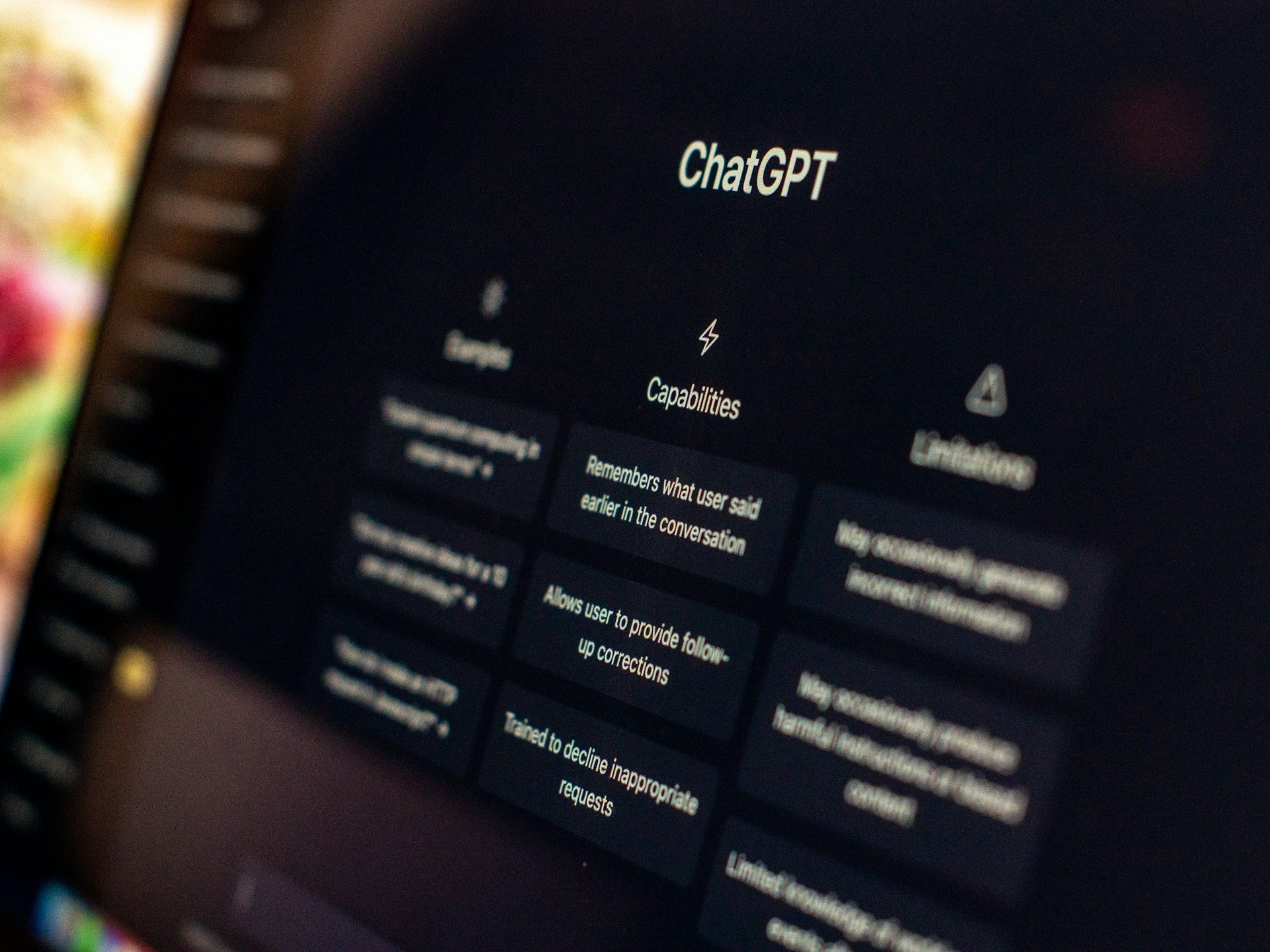The search landscape is transforming rapidly, driven by artificial intelligence and changing user behavior. While search engine optimization (SEO) remains relevant, answer engine optimization (AEO) and generative engine optimization (GEO) have emerged, reshaping how brands are discovered and engaged with in today’s digital world. Understanding each is essential for brands that want to thrive.
SEO: Building Visibility
SEO is the practice of improving your website’s visibility in search engines, like Google or Bing, to drive more organic traffic. It involves on-page optimization (content and keywords), off-page optimization (backlinks and reputation management) and technical SEO (site speed and mobile-friendliness) to make content relevant and accessible for both users and search algorithms.
Should brands still care about SEO in the age of AI? Absolutely. Brands that invest in SEO gain higher visibility, authority and credibility, which often leads to increased conversions and long-term growth. A recent study also showed websites with more organic search traffic get mentioned more frequently in AI search.
Even as AI evolves, SEO remains the foundation for online discovery.
AEO: Securing Direct Answers
AEO is all about being the answer that AI features above all search results. People don’t want to sift through a bunch of blue links to find what they need. AEO solves this problem by providing quick answers without users having to click.
But don’t we want people clicking through to our website? In a perfect world, yes, but that’s not always realistic when people crave instant answers. In fact, AI overviews have reduced website clicks by 34.5%.
This stat doesn’t mean AEO is a bad thing. By creating clear, accurate and concise content that answers common questions, you have a great chance of boosting your brand’s visibility in position zero.
GEO: Optimizing for AI Responses
Unlike traditional SEO practices that focus on optimizing content for search engines, GEO involves optimizing content for visibility in large language models (LLMs) like ChatGPT, Perplexity and Claude.
For GEO, brands should think about where LLMs get information. They pull from earned media like journalistic and niche publications, owned content from your brand’s website like blogs and press releases and other social and community platforms like Reddit and Wikipedia.
This fact highlights the importance of public relations. By crafting narratives, securing credible media placements and understanding how AI-driven search works, a good PR team can ensure your voice has a spot in AI search.
An Integrated Approach for the Future
The evolution of search demands more than just classic SEO. Today’s brands must also embrace AEO and GEO to remain competitive and relevant. Together, these strategies ensure brands are not only found but are chosen and trusted by both people and machines.


Comments